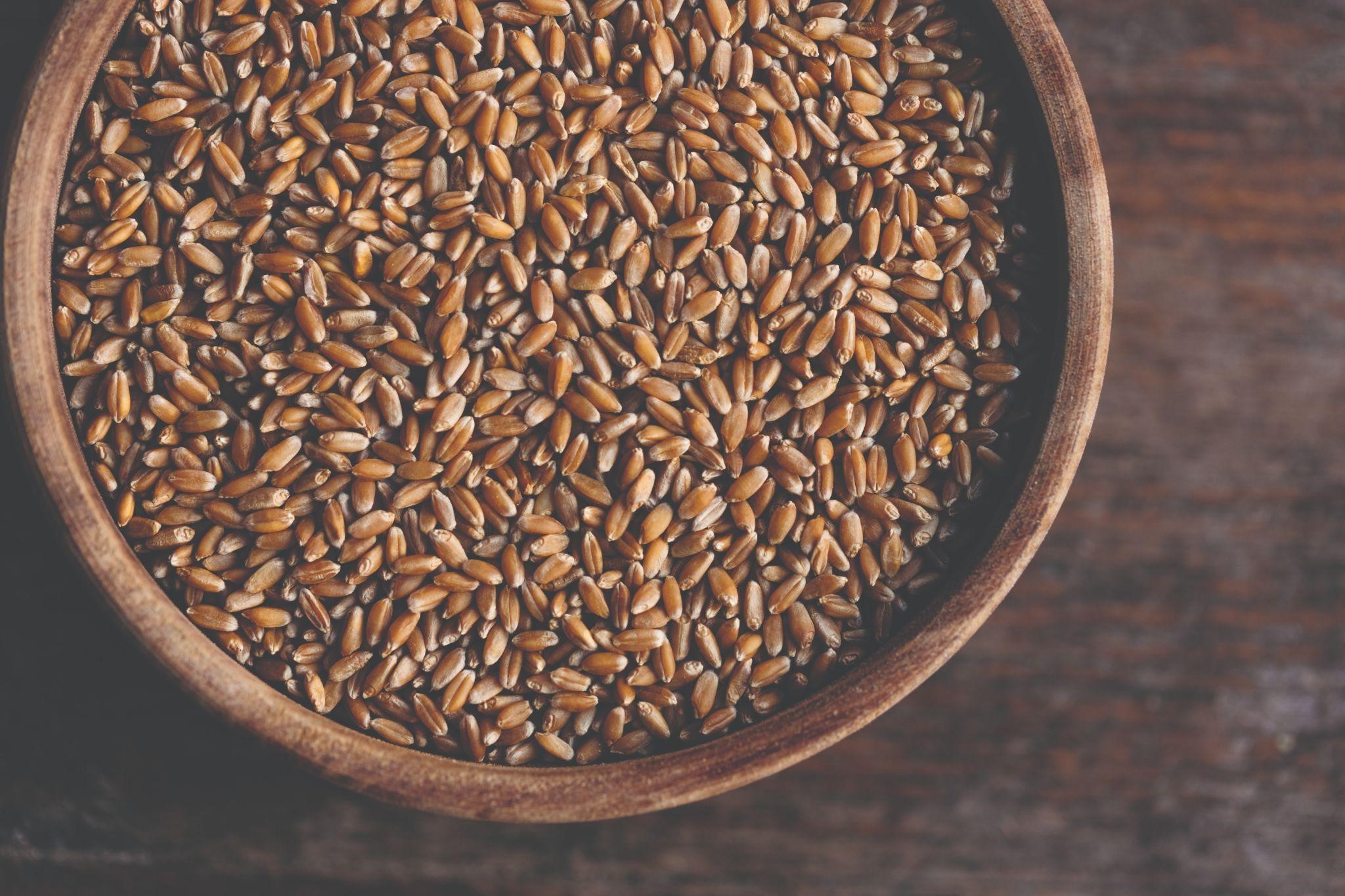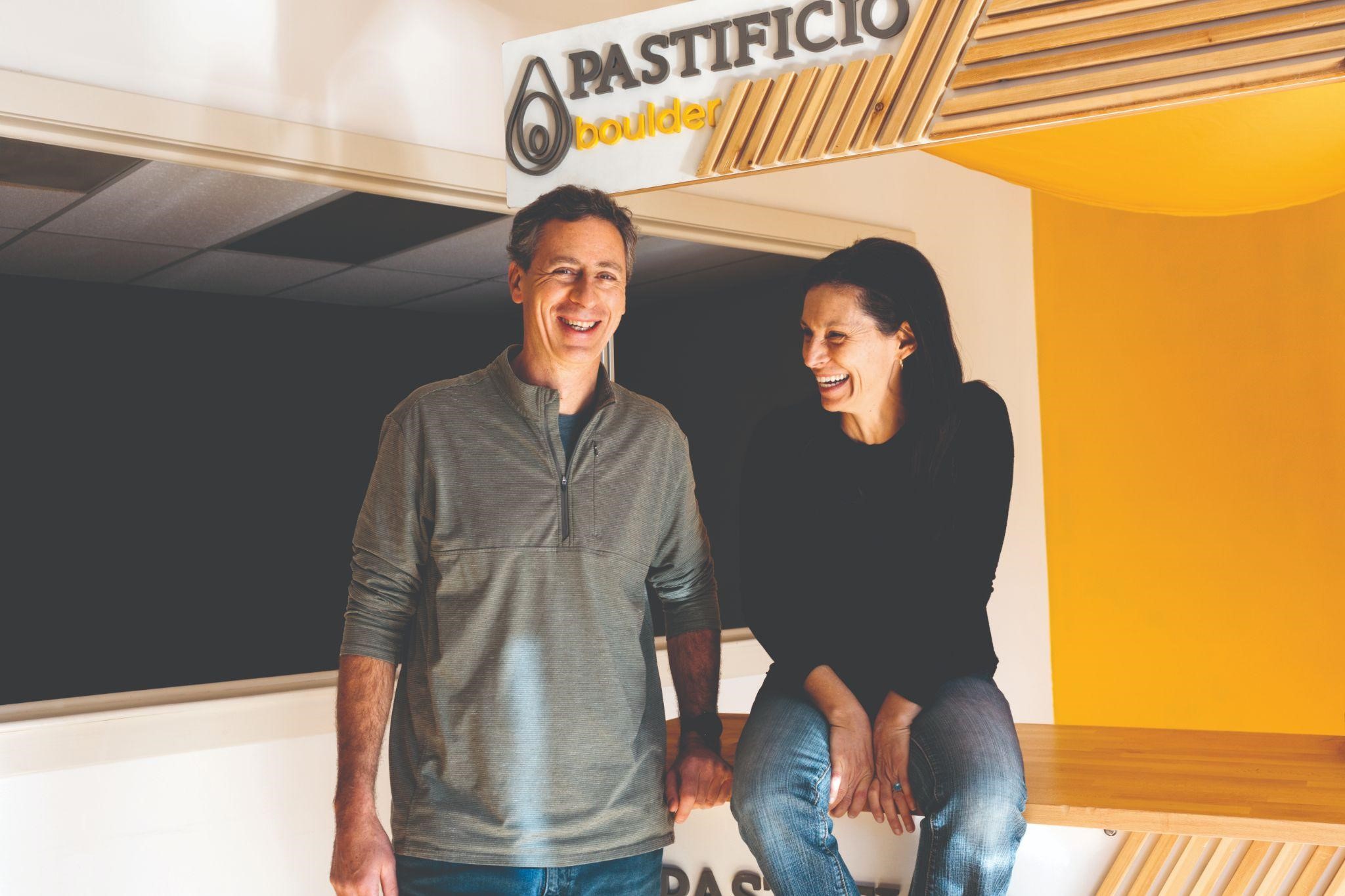Heirloom Grains Could Remedy Gluten Intolerance and Help the Planet
Healing ourselves with food.

As anyone who’s visited a grocery store in the last decade can attest, whole grains are experiencing a renaissance in popularity—primarily because of their purported health benefits compared to industrially refined white flour. But another more disruptive movement is occurring, thanks to farmers, bakers, and even pasta makers. A growing chorus of food activists claim a return to heirloom grains could remedy gluten intolerance, extractive farming practices, climate change, and much more.
For the uninitiated, “heirloom grain” generally refers to varieties that are relatively unchanged since the Green Revolution—the global shift to industrialized farming in the 1950s and 1960s and the proliferation of chemical fertilizers, pesticides, and monoculture crops.
Although there is limited research on this return to old varietals, the potential hazards of conventional grains are well documented. The modern diet is overloaded with highly processed foods and refined carbohydrates like white flour, which have been linked to a higher risk of heart disease and obesity. Heirloom grain evangelists contend that preindustrial ingredients are an important step toward healing ourselves with food.

This message is personal for Claudia Bouvier, who founded Pastificio Heirloom Wheat Pasta with her husband Ted Steen in 2018. Growing up in Brazil and with Italian heritage, Bouvier felt a strong connection to the grain that comprised most of her ancestral foods, from pasta to pizza and bread. While she was pursuing her masters in engineering at the University of Colorado, Bouvier and Steen started to formulate plans for a pasta company. There was one problem: Steen was gluten intolerant.
After intensive research, the couple determined that heirloom grains and traditional milling techniques might be the solution to their dilemma. “We realized that it worked if you go back to the way that our grandparents were eating and making food, and cut out all the industrialized processes from industrialized farms to post–Green Revolution grains, pesticides, and herbicides,” Bouvier says. “Just drying correctly, milling correctly, and using the whole grain, [gluten-intolerant] people could technically eat those wheats and feel healthy.”
The nascent business forged a partnership with nearby Aspen Moon Farm and purchased small-scale hammer mills, preindustrial machines that produce finely ground, whole-grain flour. After several tweaks to the recipe, Pastificio was up and running at farmers markets around Colorado. Early reviews were encouraging. Gluten-intolerant customers were able to eat Pastificio’s products without discomfort. Even more intriguing, the pasta’s flavour was excellent.
After linking up with other heirloom grain enthusiasts such as Moxie Bread Company, Bouvier and Steen became founding members of the Colorado Grain Chain, a nonprofit that promotes cultivating and adopting heirloom grains around the state. If the organization successfully connects growers with makers and consumers, the niche world of heirloom grains might just break into the mainstream locally.
Despite the growing momentum, another school of thought opposes the low-yield, slow-food ethos of heirloom grains. A faction of food philosophers believes genetically modified crops are the only solution to feed humanity as the global population skyrockets. Further, GMO crops could help mitigate the worst effects of climate change by making plants heat and drought tolerant.

To Bouvier, this argument undervalues the health and environmental benefits of heirloom grains. “When our food is crossbred, with a lot of input from chemical fertilizers and pesticides, we are at a point that our population cannot eat wheat anymore,” Bouvier says. “So all those gluten sensitivities are coming from that industrial system. By doing that, we are also promoting monocultures, industrial factory farms, and all those chemicals are polluting, destroying, and killing the bees. We feel that the more industrial it gets, the worse it gets for everyone.
Beyond the well-documented impact of industrial farming on the environment, heirloom grains have another benefit: natural adaptation. Bouvier’s partners at Aspen Moon Farm are currently growing two varietals of durum (blue beard durum and durum Iraq) with no chemical input or irrigation, relying solely on crop rotation and precipitation to keep the grain alive. Not only does this bode well for the drought-stricken region Aspen Moon calls home, it’s also a promising sign for pollinators, soil health, and safe drinking water. For Bouvier, the choice’s upsides are self-evident—especially once you taste the final product.
“We strongly believe that we are only going to be able to survive as humanity if we preserve biodiversity,” she says. “And in doing so we get those amazing flavours of those wheats. We get much better nutrition than conventional modern wheat. People oftentimes come to us and say, ‘We went gluten-free for I don’t know how long because I couldn’t feel good eating wheat. The only wheat I can eat is yours.’”
Photography by Lauren DeFilippo.




